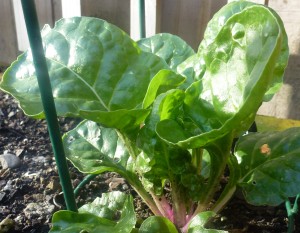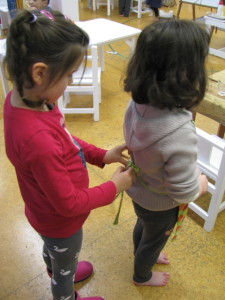By Carol Palmer – Tawhai Teacher
Last week our 9-12 community went on school camp. We do this every year, but this time we decided to do something completely different. We decided to go for a more Montessori approach, where we did everything ourselves. Everything!
Firstly, we wanted the children to prepare their food. However simply preparing their own food was not enough! We wanted them to understand where their food has come from and to understand all the work that goes into every stage of production. To do this they needed to work through each of those stages themselves.
So our plan, was for the children to source all of the food for camp from as close to ‘scratch’ as possible.
Over the past six months we have made cheese, filled sausages, churned butter, caught fish, preserved fruit, grown vegetables, visited bee hives, made pasta and even learned to press oil from seeds.
All this preparation meant that when the children got to camp and began to cook and serve each meal, they recognised every single ingredient and were able to discuss both its origin and its importance in the meal.
Each fish that was wrapped in foil and laid onto the campfire was revered as it was opened up and shared out. Each spoonful of jam was savoured and each bagel relished! When it came to scraping the scraps from our plates at the end of each meal, there were practically none to be found – there was no way the children were going to waste the food that they had worked so hard for.
And the quality of the food transcended that of any camp we have ever attended.
As if all this food preparation wasn’t enough of a challenge, we also wanted the children to make their own shelters. We asked them to build a shelter that would keep them dry overnight and, if possible, only use natural materials. They were expected to sleep in their shelters for at least one night of the camp, though most choose to sleep there for several nights (including the one where it was pouring with rain – that’s another whole story!).
The children came away more tired and satisfied than I have ever seen them at the end of a school camp and the work done has opened the door for all manner of learning over the next few months. The biggest realisation upon our return is that apple season is upon us, cheese needs to age, vegetables need planting and animals need raising, which means, it is already time to begin planning, gathering and preparing food for Camp 2019.
Closer to peace.

